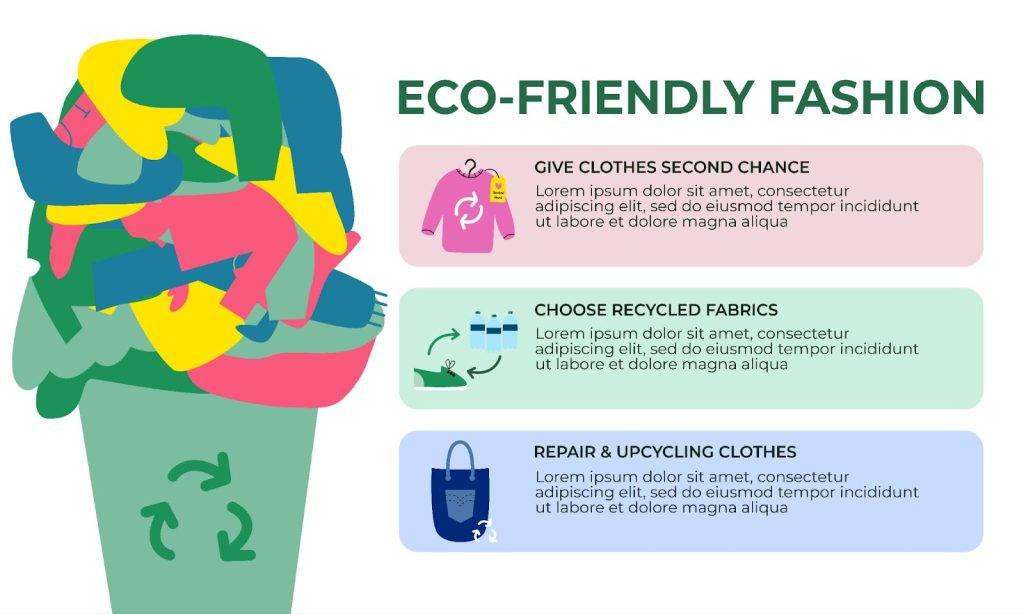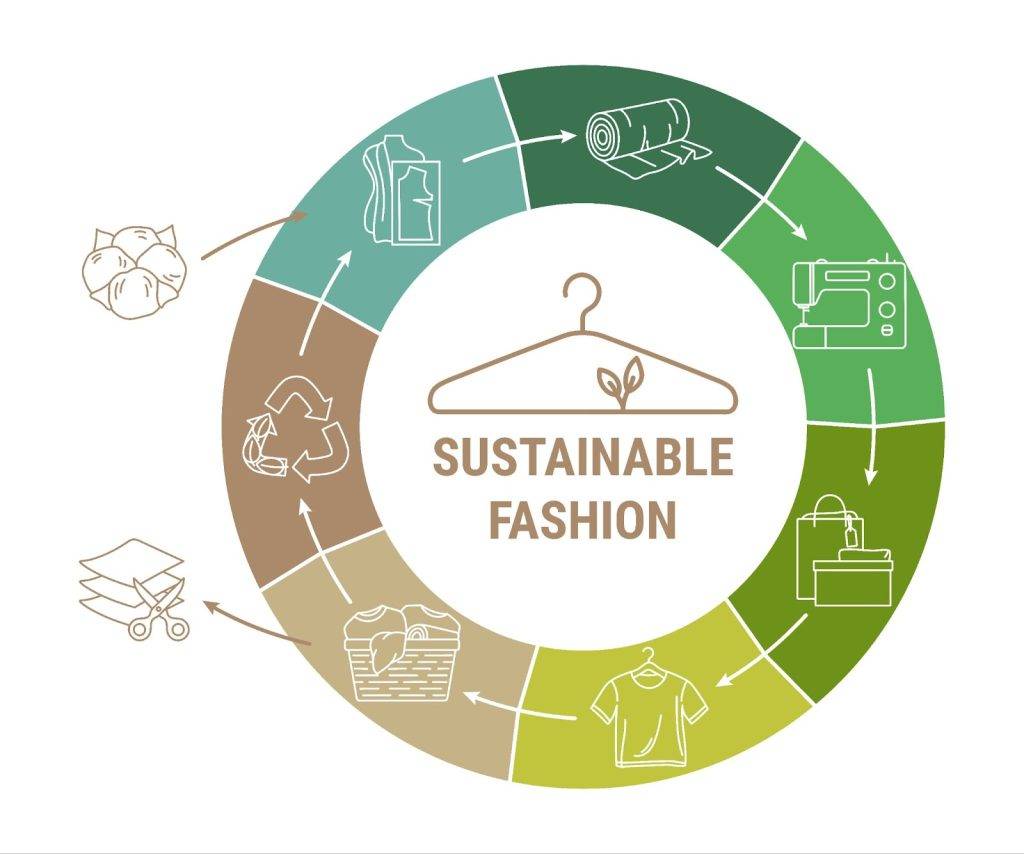New trends seem to land on shelves and websites almost overnight, making fashion affordable, accessible, and ever-changing. But what is fast fashion really, and why has it become a global topic of discussion? At Pearl Global, we believe it’s important for brands, consumers, and workers alike to understand the story behind every garment—the speed it’s made, who makes it, and the mark it leaves on our planet. Let’s explore what fast fashion is, how it came to dominance, and the realities behind its shiny exterior.
What Is Fast Fashion?
The term “fast fashion” refers to an industry model that replicates catwalk trends and high-fashion designs, mass-produces them with tremendous speed, and sells them at ultra-low prices. When asking what fast fashion is, it’s about the rapid design, manufacturing, and marketing of large quantities of trendy clothing made available to consumers at affordable prices. This system allows shoppers to keep up with fast-moving fashion cycles, but it often means garments are worn only a handful of times before being discarded.
Fast fashion companies continually flood stores with new styles on a weekly or even daily basis, catering to our insatiable desire for novelty. However, this relentless pace has had a significant impact on both people and the planet in the fast fashion industry.
Fast Fashion’s supply chain challenge
It is important to understand that fast fashion usually revolves around small, quick-turnaround orders, more inclined towards the fleeting trends. Unlike core styles that are produced in large, consistent volumes, these fashion-forward pieces are often manufactured in lower quantities, which drives up the per-unit manufacturing cost. But beyond cost, this model also poses sustainability challenges.
Frequent low-volume orders demand more energy and resources per garment, result in inefficient use of raw materials, and often lead to excess inventory or waste. The unpredictability also limits brands’ ability to optimize sustainable sourcing, ethical labor planning, and supply chain efficiency. In contrast, core styles allow better forecasting, batch production, and sustainability alignment over time.
How Did Fast Fashion Happen?
Fast fashion emerged at the end of the 20th century, when it became more economical to manufacture clothes in other countries. The improvement of technology and supply chain logistics allowed fashion retailers to design, manufacture, and distribute new collections in a much shorter time than before.
The retailers began to offer new fashions every few weeks instead of every season, establishing a model that promoted a fast consumption rate. This trend altered consumer behavior, and it became common to purchase, wear, and replace a larger number of garments more frequently, leading to a boom in the fast fashion industry.
The Dark Side of Fast Fashion
Environmental Impacts
The environmental impact of fast fashion is enormous. The fast fashion industry accounts for up to 10% of global carbon dioxide emissions and consumes massive amounts of water, energy, and non-renewable resources. Key problems include:
- Pollution from the dyeing process and finishing steps.
- Huge volumes of textile waste, with 85% of all textiles ending up in landfills annually.
- Synthetic fibers leach microplastics into rivers and oceans, further polluting ecosystems.
- Fast fashion and the environment are locked in a destructive cycle, with the demand for ever-cheaper materials fueling unsustainable farming and manufacturing.
Social Impacts
Fast fashion also has a human cost. Labourers retailing in garment factory, mostly in developing nations, are usually subjected to unfavorable working conditions as well as unsafe environments, low pay, a stark contrast to the low prices and high volumes that are characteristic of fast fashion. Exploitation is the outcome of pressure to meet short lead times, and too many of the workers put long hours with minimum remuneration. Unsafe buildings, insecurity of employment and even child labour are occasionally in the concealed depths of fast fashion swift supply chains. Fast fashion does not only change how people understand clothes and apparel but also disintegrates local crafts and promotes the poverty cycles.
How Are Fashion Organizations Addressing Sustainability?

These issues have been identified by most fashion organizations and have started shifting towards more eco-friendly and humane methods. The big brands are testing Conscious Collections, turning to recycled fabrics, and producing clothing with the help of less polluting technologies. Examples include:
- Combining organic cotton and low-effect dyes.
- Reusing fabric scraps to minimize the throwing of textiles.
- Using blockchain technology, customers can follow the path of their apparel.
- Transparency supporting certifications and eco-labels.
Leaders among sustainable clothing manufacturers incorporate closed-loop water systems and offer take-back programs to reduce landfill contributions.
How Can Fashion Players Meet Their Decarbonization Targets?
To reduce carbon emissions, fashion brands must rethink every aspect, from material sourcing to design, production, and delivery. The path includes:
- Switching to renewable energy during clothing production
- Choosing low-impact materials
- Reducing overproduction through better forecasting
- Encouraging circular models like recycling and resale
Brands working with sustainable clothing manufacturers can significantly cut their carbon footprints. Collaboration and innovation are key to hitting global decarbonization goals.
Is Sustainable Fashion the Solution?
What is fast fashion without addressing its alternatives? The sustainable fashion trend emphasizes durable quality, ethical labor practices, and conscious consumerism. To minimize the environmental and human cost of clothing, sustainable clothing manufacturers employ clean energy, earth-friendly fabrics, and use transparent supply chains.
Important advantages of sustainable fashion are:

- A drastically cut environmental impact (less water, fewer chemicals, fewer emissions).
- Fair pay, safe factories, and respect for workers’ rights.
- Encouraging consumers to make fewer purchases, to make their choices well thought-through, and to take proper care of their items of clothing.
Consumer consciousness is rising, and an increasingly larger number of people are taking proactive steps in opting towards sustainable and ethical solutions rather than being caught in the throwaway trends.
Will Fast Fashion Ever Go Out of Style?
Fast fashion businesses are essentially rooted in the contemporary world economy and culture. As the effects of fast fashion are increasingly questioned, people continue to turn to it due to its convenience and low prices. Nevertheless, this situation is gradually changing due to the growing activism among consumers, changes in legislation, and the leadership of manufacturers of sustainable clothes.
Many young customers are concerned about transparency and sustainability. Unless the industry responds in earnest with more realistic and affordable Sustainable fashion, we might have seen the end of days of hyper-speed disposable fashion. However, the trend of fast fashion is likely to persist until a comparable alternative emerges.
Pearl Global’s Role in Shaping a Better Fashion Future
At Pearl Global, we acknowledge the challenges presented by the fast fashion model and are committed to developing a more sustainable, transparent, and ethical approach to clothing production. As a global clothing manufacturer, we integrate sustainable practices across our operations, from responsible sourcing and efficient production methods to fair labor practices. Our goal is to meet market demands while actively reducing our environmental impact and promoting long-term sustainability in the fashion industry.
Partner with Pearl Global for a Sustainable Future
Join hands with us to create ethical, eco-conscious apparel that makes a difference.
Contact Us Today →Conclusion
What is fast fashion, ultimately? It’s a system designed to deliver newness at lightning speed, but at significant environmental and social cost. The fast fashion impact is visible in overflowing landfills, polluted waterways, and the hands of underpaid workers. Yet, hope lies in the innovation and integrity of sustainable and ethical brands, and in informed consumers who demand better.
At Pearl Global, we believe change is possible—through smarter clothing production, circular models, and a commitment to people and planet over profit. Together, we can shape fashion that truly stands the test of time: beautiful, responsible, and just.

